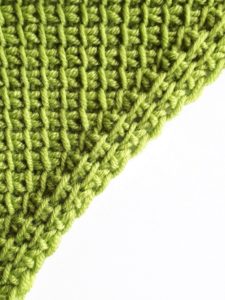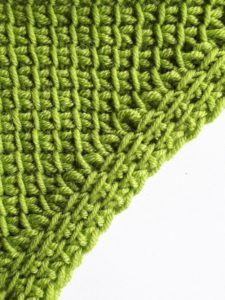On this page I show 7 examples of increases in Tunisian crochet. The list is not exhaustive. There are other ways to make increases at the start, in the middle and at the end of the rows.
To easily compare the differences between all samples presented here, I applied the following rules:
- All samples are made in the Tunisian simple stitch.
- Increases are made as from the 3rd stitch of each row and at every single row.
In Tunisian crochet, it is not possible to work twice the same stitch in the same place consecutively. In other words, if you try to make 2 Tunisian simple stitches under the same front vertical bar one after the other, you will not get an increase. Why? Because each loop you pick up on the FwdP is not closed until you work the RetP. Since I used the Tunisian simple stitch to make the samples here below, I have not listed the simple stitch as a possible increase. Yet, if you make a sample in Tunisian full stitch, for example, you can use the simple stitch to make an increase in between two full stitches.
Increase #1: yarn over
To make an increase by 1 stitch anywhere in a row, simply make a yarn over between 2 stitches. You can use a yarn over as an increase in combination with any basic stitch.
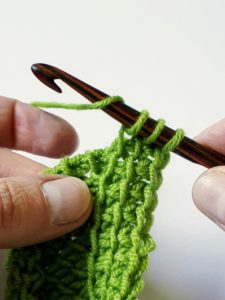
A yarn over is the action to wrap the yarn around the hook, from back to front, over the hook. The yarn is behind the hook before the yo and is back again behind the hook after the yo.
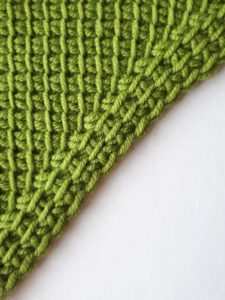
Increase #2: reverse yarn over
To make a reverse yo, move the yarn under the hook to the front, then over the hook from front to back.
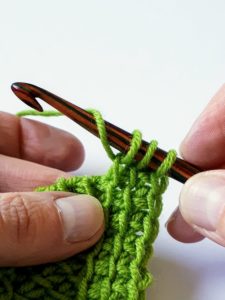
I posted a short soundless video on my YouTube channel to illustrate the reverse yarn over in motion.
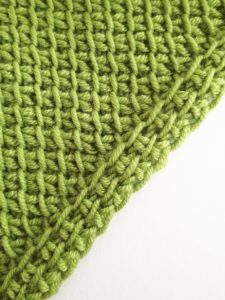
Increase #3: full stitch
Make a full stitch in between 2 other stitches. An increase with a full stitch can be made with any basic stitch, except… the full stitch. You cannot pick up 2 separate loops into the same place (under the RetP chain here) one after the other.
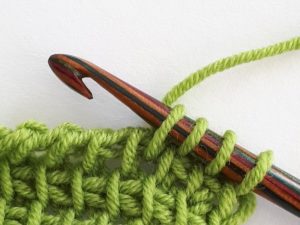
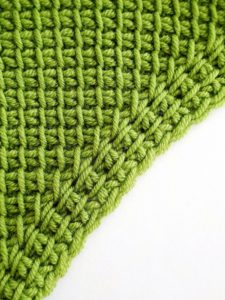
Increase #4: modified full stitch
Make a modified full stitch in between 2 other stitches. An increase with a modified full stitch can be done with any basic stitch, even the full stitch.
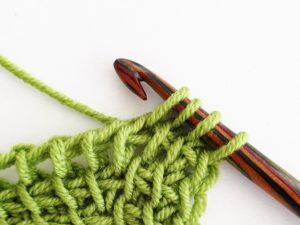
I posted a short video (in French) on my YouTube channel to show how to make a modified full stitch between 2 simple stitches.
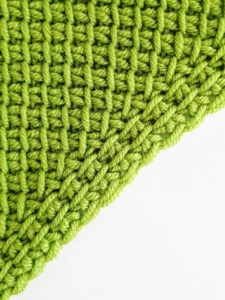
Increase #5: back bump of the RetP chain
You can make an increase by picking up a loop in the back bump of the RetP chain.
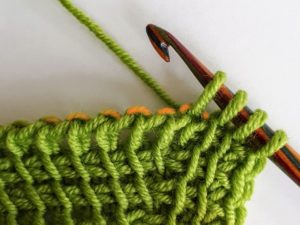
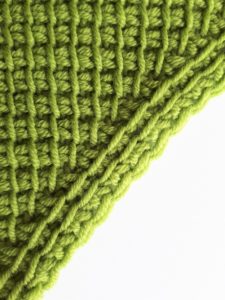
Increase #6: knit stitch
Make a knit stitch and a simple stitch into the same stitch from the previous row. Depending on the order in which you make these 2 stitches (first the knit stitch, then the simple stitch, or the other way, first the simple stitch, then the knit stitch), you’ll get a different visual effect.
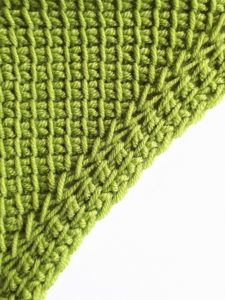
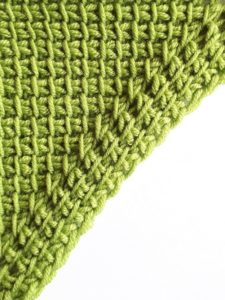
Increase #7: reverse stitch
Same principle as #6: make a reverse stitch and a simple stitch into the same stitch from the previous row. Depending on the order in which you make these 2 stitches (first the reverse stitch, then the simple stitch, or the other way, first the simple stitch, then the reverse stitch), you’ll get a different visual effect.
